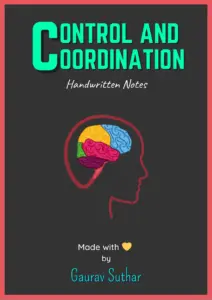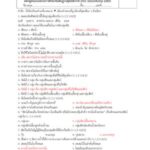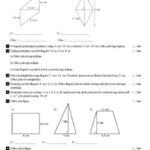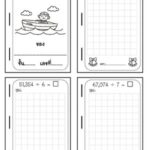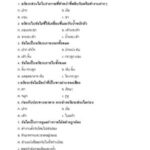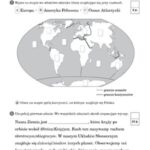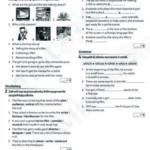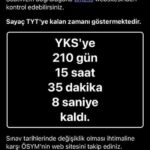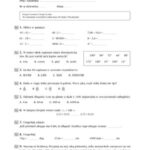Discover the captivating story of Christopher McCandless in “Into the Wild” by Jon Krakauer. This nonfiction narrative delves into McCandless’s journey into the Alaskan wilderness, leaving everything behind. Explore themes of identity, isolation, and nature through Krakauer’s journalistic narrative. Gain insights into McCandless’s motivations and encounters along his trek through the nonlinear storytelling structure. Enhance your reading experience with strategies to support comprehensio…


